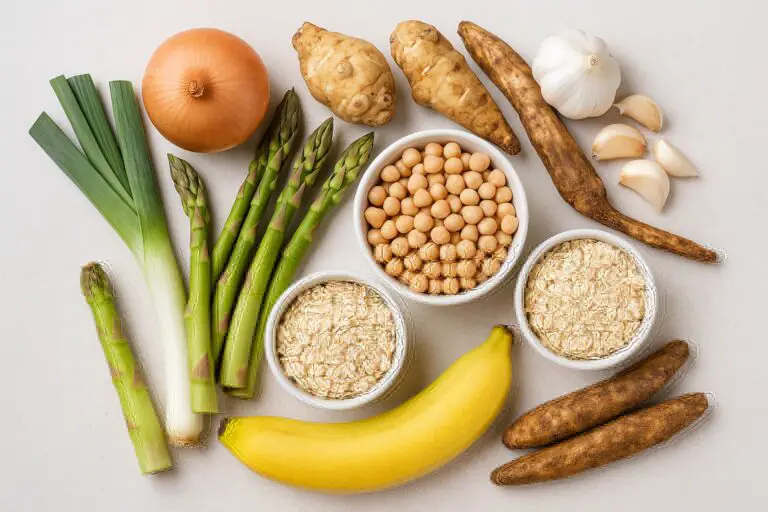5 Types of Salmon & Their Benefits
There are several types of salmon, each with unique flavor, texture, and culinary uses. Salmon is a versatile and nutritious fish with several distinct varieties, each with flavor profile, texture, and nutritional benefits. From the rich, buttery taste of King Salmon to the leaner, milder Sockeye, the type of salmon you choose can significantly influence your meal. Understanding the differences between these varieties can help you make the best choice for your recipes and health goals. In this post, we’ll explore the most common types of salmon, their unique characteristics, and tips for cooking each one to perfection.
Wild vs. Farmed Salmon
When choosing between wild and farmed salmon, it’s essential to understand the differences in nutrition, environmental impact, and taste. Both types of salmon are widely available, but they have distinct characteristics that may influence your decision.
Wild Salmon
Wild salmon belong to the types of salmon that are caught in their natural habitats, such as oceans, rivers, and lakes. Their diet consists of natural prey like smaller fish, plankton, and crustaceans, contributing to their rich flavor and bright pink to deep red flesh. Wild salmon tend to be leaner because they swim long distances, creating a firmer texture.
Benefits:
- Nutrient-Rich: Wild salmon is generally lower in fat and calories compared to farmed salmon but still offers an excellent source of omega-3 fatty acids, which are beneficial for heart health and inflammation reduction.
- Natural Diet: Because wild salmon eat a natural diet, they may have fewer contaminants, such as antibiotics or artificial colorings, which can sometimes be found in farmed fish.
- Sustainability: Certain wild salmon fisheries are considered more sustainable when managed properly, ensuring the long-term health of fish populations and ecosystems.
- Drawbacks:
- Cost: Wild salmon is typically more expensive due to the costs associated with sustainable fishing practices and limited seasonal availability.
- Availability: Wild salmon is usually only available fresh during certain months of the year, although it can be found frozen year-round.
Farmed Salmon:
Farmed salmon belong to the types of salmon raised in controlled environments like ocean pens or freshwater tanks. These fish are fed a formulated diet to promote rapid growth and are generally available year-round, making them a more consistent and affordable option.
Benefits:
- Affordable: Farmed salmon is less expensive and more widely available than wild salmon, making it a popular choice for consumers.
- Higher in Fat: Farmed salmon is typically higher in fat content, which can result in a softer, buttery texture. This makes it a favorite for certain dishes, particularly those that benefit from a richer taste.
- Year-Round Availability: Since farmed salmon is cultivated in controlled conditions, it’s available throughout the year, making it easier to access fresh salmon whenever needed.
- Drawbacks:
- Contaminants: Depending on the farming practices, some farmed salmon may contain higher levels of contaminants, such as PCBs (polychlorinated biphenyls) and other chemicals used in fish farming.
- Environmental Concerns: Fish farms can have a negative environmental impact, contributing to pollution, the spread of diseases to wild fish populations, and overuse of antibiotics if not properly managed.
- Artificial Coloring: Farmed salmon is often fed a diet that includes color-enhancing additives to give it the pink hue similar to wild salmon, as their natural diet would not result in such coloration.
Choosing between wild and farmed salmon depends on your preferences for flavor, nutritional content, and sustainability. Wild salmon is leaner and more environmentally sustainable, while farmed salmon offers a more affordable alternative with a higher fat content. Understanding the differences can help you make a more informed decision based on your values and dietary goals.
5 Types of Salmon
Here are the most common types of salmon.
Atlantic Salmon (Salmo salar)

It is the only type of salmon found in the Atlantic Ocean. It is mostly farm-raised, with a mild flavor and rich, fatty texture. It is famous for grilling, baking, and pan-searing.
Chinook Salmon (Oncorhynchus tshawytscha) – Also known as King Salmon

Found in the Pacific Ocean. It is known for its high-fat content and buttery, rich flavor. It is considered the most flavorful of all salmon types.
Coho Salmon (Oncorhynchus kisutch) – Also known as Silver Salmon
Typically found in the Pacific Ocean. Medium fat content with a delicate, slightly milder taste than Chinook. Great for grilling, broiling, and smoking.

Sockeye Salmon (Oncorhynchus nerka) – Also known as Red Salmon
Known for its vibrant red flesh and deep, rich flavor. Less fatty than other varieties but highly prized for its robust taste. It is popular for grilling, roasting, and smoking.

Pink Salmon (Oncorhynchus gorbuscha) – Also known as Humpback Salmon

The most abundant and typically the smallest salmon species. Mild flavor and lean texture, often used in canned salmon. Great for salads, sandwiches, and simple preparations.
Chum Salmon (Oncorhynchus keta) – Also known as Dog Salmon or Keta

It is known for its mild flavor and leaner texture. Lower fat content, commonly used for smoking or in canned form. It is ideal for grilling, baking, and curing.
Each type of salmon has its characteristics, making it versatile for various cooking techniques and dishes.











